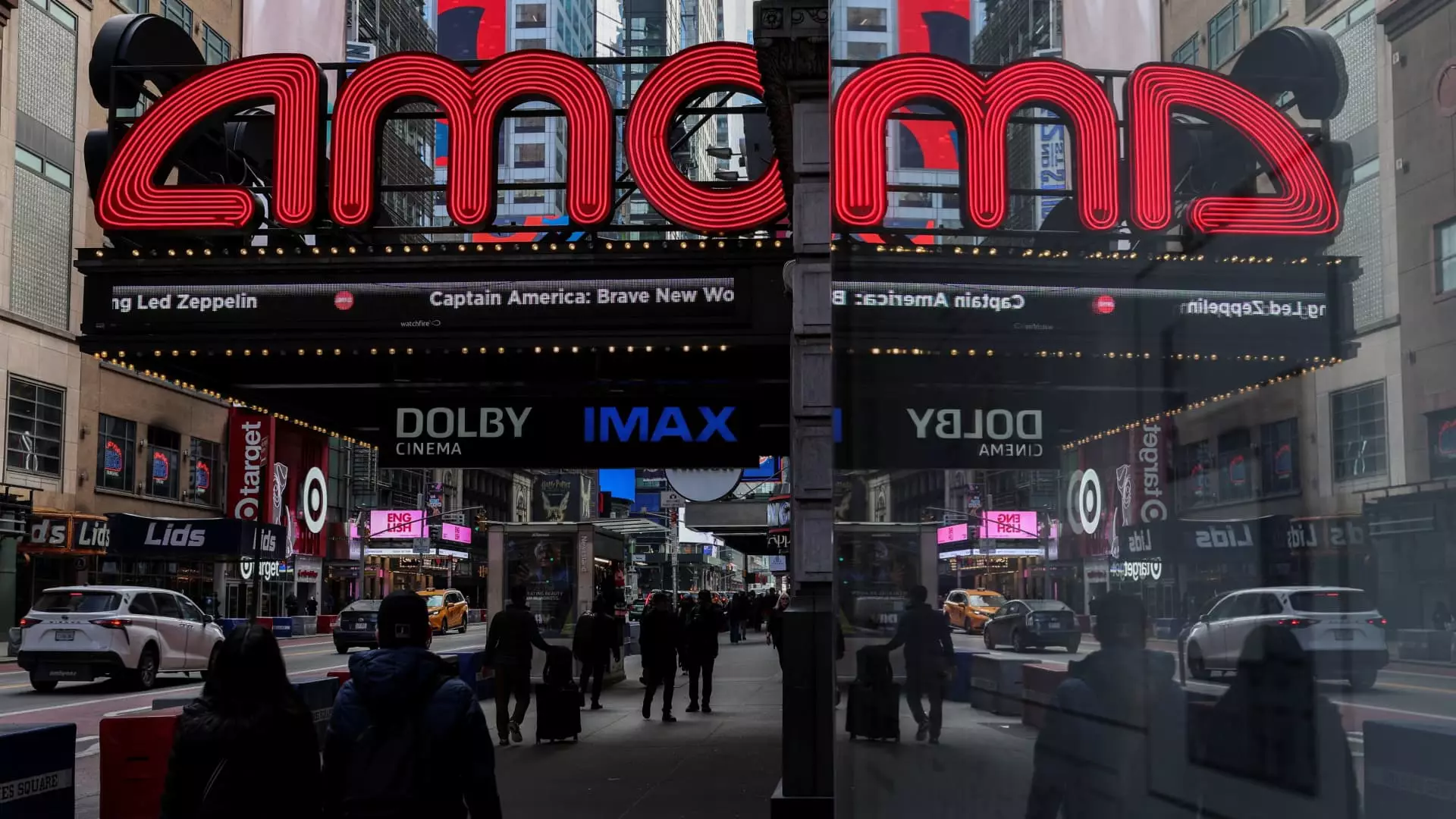Cinema has always been a reflection of societal values and technological advancements, but today, it’s more than just moving pictures on a screen; it’s about creating an experience. As the demand for premium viewing continues to skyrocket, AMC Entertainment is stepping up to meet this growing desire with an ambitious plan to add 40 Dolby Cinema theaters by 2027. This expansion isn’t merely a business decision; it represents a shift in the moviegoing landscape where immersion and technology take precedence over conventional forms of entertainment.
It’s not just about watching a film anymore; it’s about how it makes you feel. In a world increasingly filled with distractions—from streaming services to video games—cinemas are refocusing their efforts on creating an atmosphere that envelops audiences. Kevin Yeaman, CEO of Dolby Laboratories, encapsulates this transformative approach by stating that premium moviegoing is defining the modern box office. It’s as if AMC is positioning itself as not just a venue but as a critical part of a cinematic revolution aimed at revitalizing the communal experience of film.
Behind the Glamour: The Numbers Tell a Tale
While the move to expand premium offerings seems glamorous, the underlying figures present a more complex narrative. The world already boasts over 950 theaters featuring Premium Large Format (PLF) screens—a remarkable 33.7% increase in just five years. In 2024 alone, these screens generated a staggering $600 million, constituting about 9.1% of the domestic box office revenue. However, let’s not kid ourselves; this percentage, while climbing, still indicates that the vast majority of audiences opt for traditional viewing. That’s the crux of the issue—AMC is banking heavily on a segment that, although growing, represents a small slice of the larger pie.
This expansion raises legitimate questions around exclusivity and class in entertainment. As ticket prices hover just below $17—an eight percent increase since 2021—one must ponder: Are we creating a two-tiered society where the cinematic experience is reserved for those willing to pay a premium? The allure of enhanced audio-visual experiences should captivate all moviegoers, not just a select few who can afford it.
Blockbusters vs. Independent Films
One of the most compelling aspects of AMC’s strategy lies in its focus on blockbuster films. Major franchises like “Avatar” and “Star Wars” have driven PLF ticket sales to extreme highs. This captures the zeitgeist perfectly—action-packed spectacles draw crowds, while the more intimate and sometimes critically acclaimed independent films struggle to find their footing in movie theaters, often resorting to streaming platforms.
The irony can’t be ignored: as AMC targets mega-blockbusters with its Dolby and other premium theaters, the very essence of unique storytelling risks being eclipsed. Are we facilitating a cinematic environment that only serves the giants of the industry while neglecting diverse voices? What will this mean for the future of storytelling in cinema if the path forward is paved solely with franchises and visually resplendent CGI?
Customer Experience vs. Corporate Strategy
AMC’s partnership with CJ 4DPLEX reflects a broader strategy that hinges on customer experience. However, it’s vital to ask whether this focus will genuinely serve the audience or simply reflect corporate greed. Yes, we need to embrace technological innovation, but not at the cost of undervaluing the classic magic that charming, simple stories can bring to life on film.
This evolution in cinema culture is a clear signal to filmmakers and studios alike: If you want a place in this grand scheme, you may have to align more with spectacle than substance. As much as I relish the technological advancements that enrich the cinematic experience, I can’t help but feel that the unique charm of independent cinema may drown beneath the weight of corporate ambitions, leading to a homogenized film landscape that lacks authenticity.
In a world where choice is increasingly dictated by profits rather than creativity, one must hope that the very fabric that makes cinema a unique art form isn’t lost in the chase for more immersive experiences. The stakes are high; navigating the worlds of technology and creativity will demand a delicate balance that respects both the art and the audience.


Leave a Reply